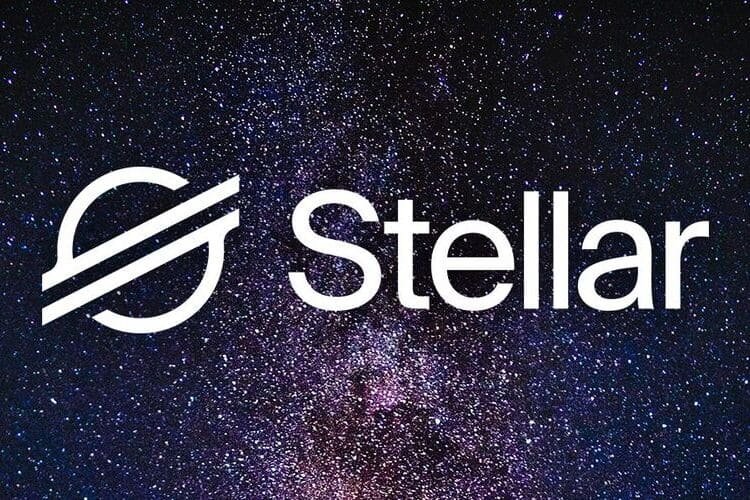Is Stellar Lumens Awaken?

Stellar is a project that in 2014 "spun off" from the Ripple cryptocurrency. This blockchain platform positions itself as a fast and open alternative to more traditional payment solutions. Stellar users have a whole range of possibilities — international payments, currency exchange, the creation of applications on smart contracts ... But despite this, last year was not the best for the Lumens (XLM), Stellar tokens.
Interestingly, before this, many analysts were very optimistic and most often predicted a brilliant future for the project — primarily due to the establishment of numerous partnerships. Perhaps, the most important of these was a collaboration with the IT giant IBM, which resulted in the Stellar-based World Wire payment system.
One of the reasons for what happened was the shortcomings of the platform itself. Stellar operates on its own SCP consensus algorithm. According to this algorithm, transactions are confirmed by validators who do not receive any reward, apart from a very small commission. Theoretically, such a validator can be any network user who has enough user support. It was assumed that the advantage of this system would be the decentralization, the lack of which in Ripple was the main reason for Stellar to emerge.
However, independent studies conducted in April 2019 showed that there are critical network nodes, the failure of which can disable the entire system. Indeed, something similar happened already on May 15 — the Stellar network did not work for 67 minutes due to the inability to reach consensus. The developers announced that the cause of the problem was not the problems with existing nodes, but rather the introduction of new elements of the system. One way or another, after three days, XLM fell, apparently not relating to bitcoin exchange rate fluctuations.
Due to the decrease in the tokens’ price, the effect of the SDF events and measures has been steadily declining. And therefore, in November 2019, about 55 billion XLM were “burned”.The news of this spread all over theme crypto resources, and the market reacted with a significant, albeit short-term, rate increase.
In October of that year, the network approved a proposal to turn off the artificial inflation mechanism. Prior to this, the system distributed 1% of the total number of issued tokens to its users every year. The developers expected that this would spur the development of projects based on Stellar, the authors of which, thanks to the voting mechanism, were supposed to receive free XLMs. In reality, just over 18% of registered wallets participated in the vote, and most of the new tokens went to SDF wallets.
Image courtesy of Crypto Radar